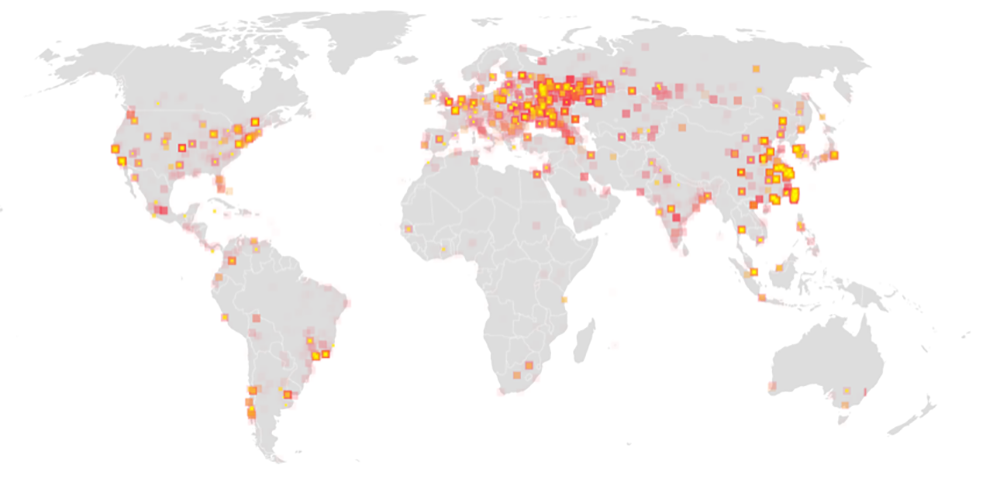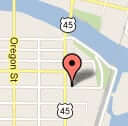Windows 7 Support Has Ended. Here’s What it Means for Your Business
 28
28 Jan
As of January 14, 2020, after just over a decade of being in use, Windows 7 has reached end-of-life. As an operating system that revolutionized Microsoft’s future Windows platforms with new functionalities (such as touch screen capabilities), many Windows 7 users are reluctant to see it go.
In fact, as of January 13, 440 million people are still using the system on their computers, including many businesses. From preference for the system to cost savings, there are several reasons for avoiding moving to the latest and greatest technology.
But, failing to update operating systems once they reach end-of-life can result in glitches, security risks, and more. Here’s what you should know (and what to do) about the end of Windows 7.
So, What’s Actually “Ending” for Windows 7?
“End of support” doesn’t just mean discontinued customer service for technical issues. It can refer to the end of functionality and design updates (mainstream support). Or, as in the case of Windows 7, it can mean the end of all system updates, including technical issues, security patches, and bug fixes (extended support). In short, Windows 7 has reached the end of its lifecycle, leaving your system more vulnerable to hacking or other security issues if you fail to upgrade the operating system.
“Your PC will continue to start and run, but will no longer receive software updates, including security updates, from Microsoft.”
So, even if you’ve never called customer service because of issues with Windows 7, “end of support” will still affect you if you’re running the platform. The U.K.’s National Cyber Security Centre has even issued a warning urging current Windows 7 users to avoid banking and emailing on devices running the system, as end-of-life operating systems quickly become targets for cyber attackers.
WannaCry: A Global Cyberattack
Following the end of life for Windows XP, for example, hackers launched a massive global cyberattack using WannaCry malware, which spread due to flaws in NSA devices running XP. The attack affected businesses and personal users in over 100 countries, hitting the National Health Service (an independent network of hospitals throughout the U.K.) particularly hard, due to outdated software and other problems. It resulted in over 19,000 canceled appointments, several hospitals having to divert ambulances, and 600 surgeries without IT systems.
The attack also affected several universities in China as well as French automakers, phone companies in Spain and Portugal, government computers in Russia, POS systems, and ATMs.

A map of the WannaCry Cyberattack. View the interactive version here. Source: New York Times
The event prompted Microsoft to release a security patch for Windows XP to prevent future attacks. Still, the enormity of the WannaCry cyberattack highlights the significant risks running end-of-life operating systems poses to PC users, businesses, organizations, and even governments. In the case of the NHS, the consequences of failing to update IT equipment are lasting–the hack affected patient access to care, cost the organization nearly $120 million, and damaged its reputation.
So, What are Your Options?

With all the security risks and savvy hackers out there, if you haven’t yet planned to update your systems, you’ll want to as soon as possible. If it’s supported, you could download Windows 10 on your current hardware, but the best course of action is generally to replace the equipment. Some businesses and organizations opt to upgrade security systems until they can replace the hardware or operating systems, but unfortunately, security software doesn’t protect against problems with or holes in the operating system.
New PCs will have the latest (and safest) operating systems installed. They’ll also be faster and more compatible with the latest technology and programs, so it’s your best bet if you want to keep your (and your customers’) data secure.
If you’re unable to upgrade your equipment or operating system, Microsoft does offer Extended Security Updates for some users, but you have to pay for it and meet eligibility requirements. Learn more here.
How Sadoff E-Recycling & Data Destruction Can Help
Whether you’re in the planning stage of updating your IT systems or ready to dispose of outdated equipment, Sadoff E-Recycling & Data Destruction can be a valuable partner throughout the process. As a party not connected to Microsoft or other companies providing operating systems, we can offer objective recommendations and services to help you offset costs when it comes time to upgrade your technology.
Consultation and IT Expertise
Our Electronics Division is overseen and run by our very own CTO, who has 25+ years in the IT field and is driven by providing security and the best value to our customers. Not only is our CTO involved, but most of our staff have a background in IT, which means we can offer insights not only when it comes to disposing of electronics at end of life, but also how to keep your data secure on your current IT equipment.
Planning and Cost Justification
Because it’s so costly to replace IT equipment or other systems running on Windows, such as POS or ATMs, your business should have a plan in place for when the time comes to update. Our IT experts can help businesses develop new plans or provide guidance about existing ones. Because of our vast experience with remarketing IT assets, we’re able to give a rough estimate of what your equipment may be worth down the road based on market trends and previous value.
These insights mean you can make more informed decisions about which assets you’ll replace or systems you’ll choose down the road, which helps justify the cost of replacing existing equipment to administration at your business or organization.
IT Asset Disposition (ITAD)
Once you’re ready to replace hardware, our IT Asset Disposition and Remarketing services create a way to offset cost and increase return on investment. We take a look at your assets and determine which may still have value on the market and which we should dispose of. We’ll refurbish the equipment that will be remarketed, wiping the operating system and destroying the hard drive so your data remains secure.
We have several locations throughout Wisconsin and Nebraska to help with your e-recycling or IT asset disposition needs. Contact Sadoff E-Recycling & Data Destruction to learn more about our process or to partner today.
Tags: data destruction, IT asset disposition, it asset remarketing, software updateCategorized in: Company News, E-Recycle, IT Equipment




 Google map directions
Google map directions
 Google map directions
Google map directions
 Google map directions
Google map directions
 Google map directions
Google map directions
 Google map directions
Google map directions
 Google map directions
Google map directions
 Google map directions
Google map directions